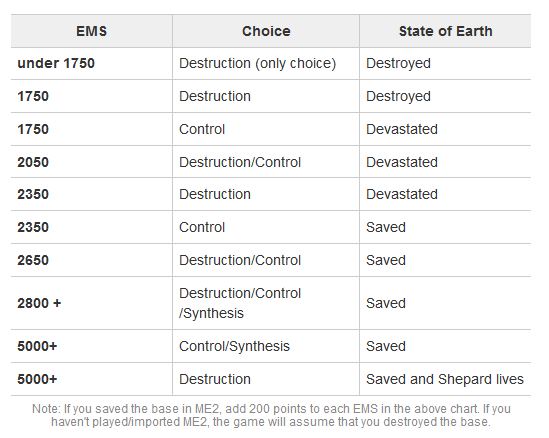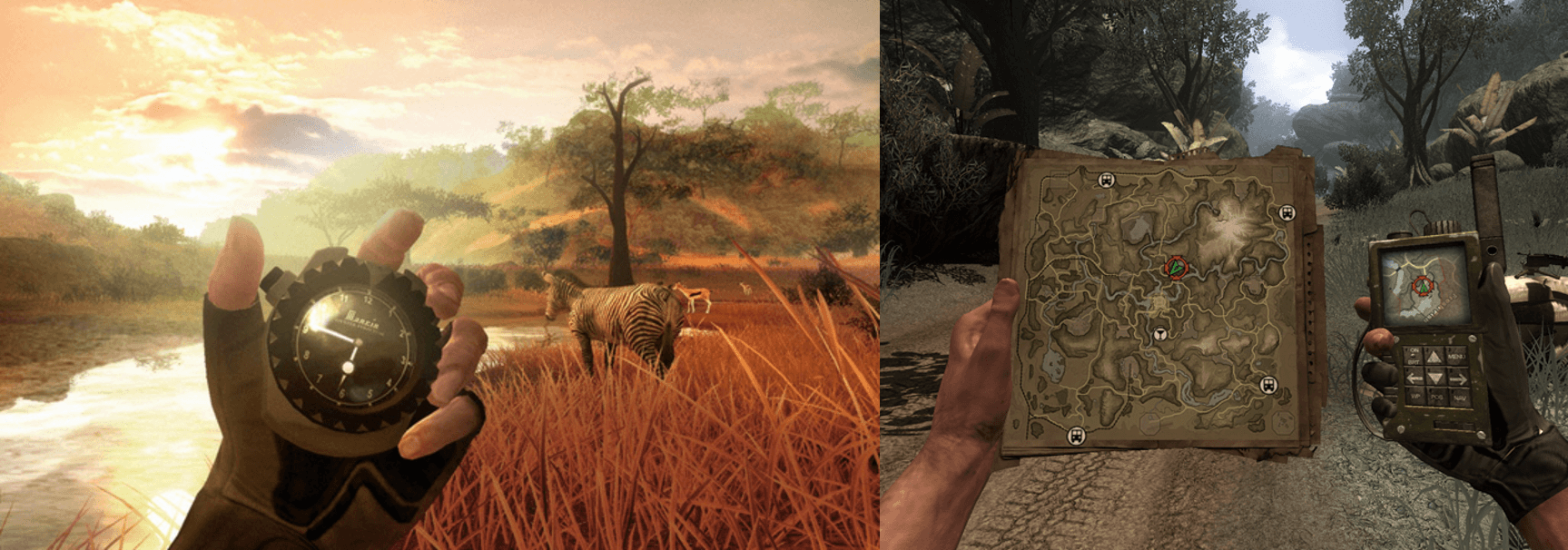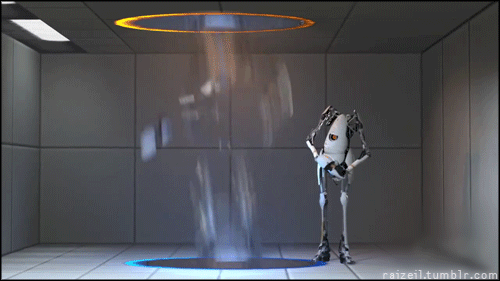What makes an awesome game? Is it the characters, the plot, the world it’s set in, or just how many weapons you have at your ialoisposal?
The games that have stood the test of time never rely on only one factor – they use a combination of distinct elements to ensure a gamer keeps coming back for more. But what are they? Below are the seven elements that every game designer needs to consider before unleashing their creation on the world.
1. World design
World design defines the backstory and theme of the game. It is how expansive the world is, and what sets off the journey of the character.
One video game that goes to great lengths to create an immersive world is Portal 2. It’s designed as a series of puzzles that challenge your spatial reasoning, logic and problem-solving skills. This is also probably the one game that follows the laws of conventional physics.
The story is set many years after the events of Portal. You play Chell, who is woken up by Wheatley, an eyeball personality bot, to find the laboratory you are being held in is crumbling. Your goal is to escape the lab, until you accidentally wake Glados, a cold and devilishly sarcastic artificial intelligence computer system.
Now the puzzle theme kicks in when you have to finish every single test chamber, designed by Glados, using only your portal gun.
By combining a mind-boggling storyline and taxing puzzles, this game has earned extremely positive reviews on Steam and Metacritic, and has even been used in a classroom to teach concepts such as physics, math and probability.
2. System design
System design deals with rules and underlying mathematical patterns to create enticing play dynamics. It is more commonly known as game mechanics.
Good system design ensures the rewards are proportional to the amount of effort required to achieve them. An illustration of great system design is Mass Effect 3.
There are two key mechanics in this game that influence its feel and ending: the character’s reputation – split between Paragon, aka ‘good,’ and Renegade, aka ‘bad,’ – and war assets (how many military resources you gather).
To increase reputation points and war assets, you need to explore the galaxy and finish different missions from different alien races. It is the different background stories of each mission and its varying difficulties that make the whole gaming experience balanced and dynamic.
As you collect more points, you unlock either the ‘good’ or ‘bad’ dialogue, which ultimately influences the ending of the game. Coupled with Effective Military Strength (calculated from war assets), these two mechanics encourage you to do more missions and achieve the ideal character and the best ending according to your preference.

3. Content design
Characters, items, puzzles (or mini games) and missions are examples of video game content design.
When it comes to content design, L.A. Noire is a shining example for its use of lifelike facial expressions created through motion capture and motion scanning technology. It is realistic enough for a player to guess whether a character is lying – or telling the truth – during your police investigation.
The result? A game that looks like a movie, but with the added ability to control the actions and outcomes of everyone you see. It’s no wonder the game’s producers received worldwide critical acclaim and record sales.
4. Game writing
What separates game writers from the lead designers is that the former deals with the cutscenes and cinematics, in-game events, character dialogue and text.
Great writing will leave any player either attached to the characters (Mass Effect Trilogy is a great example), amazed by the altered versions of historical events (Assassin’s Creed series), or bewildered by the complex and engaging nature of the story (Bioshock Infinite).
When writing Assassin’s Creed: Brotherhood, Jeffrey Yohalem, the lead writer wrote over “350 pages of dialogue, and 1,400 pages of game menus, databases and puzzles.” He wrote dialogue for Ezio Auditore (the main protagonist) as well as the corrupt pope Cesare Borgia, the Italian philosopher Niccolò Machiavelli and the Countess of Forli, Caterina Sforza.
One of the keys to writing a good historical dialogue, according to Yohalem, is, “to put oneself in the historical mindset of the characters in order to retain the accuracy, yet address issues important to modern-day audiences.” In the end, all that hard work paid off.
In 2011, Assassin’s Creed: Brotherhood won the prestigious Writers Guild of America award, beating out Fallout: New Vegas, God of War III, Prince of Persia: The Forgotten Sands, Star Wars: The Force Unleashed II and Singularity.
5. Level design
Level design is probably the most paramount design of them all. No matter how good your story or characters are, if the level design is poor, no one will enjoy playing your game.
Level designers deal with, among others, the layout of maps, the placement of objects and the challenges within those maps. They are responsible for making each stage of the game appealing so that the gamers can work towards the end in a fun and challenging manner.
One of the ten principles of good level design is tell the player what to do, but never how to do it. It is clear to every gamer that there should be an easy way to see what their current objectives are. Be it from pointer on the map, or a quest menu.
However, what makes it more interesting is how you can play with different means to reach that same end. For instance, in The Elder Scrolls V: Skyrim, the Bound Until Death mission only tells you to assassinate Vittoria Vici without specifying how to do it. There are, however, 12 methods on how to kill her with different in-game consequences that you may or may not be aware of beforehand.
It is this freedom and rich experience that will encourage players to continue exploring the game even if the main storyline has ended. For Bethesda, the producers of this game, the proof was in the many awards and its accolade as the fastest selling game in Steam history.
6. User Interface (UI) design
Two-way communication is important in a videogame and this is achieved by incorporating a user interface (UI) that consists of two elements: how you interact with the game and how a game gives feedback and information to you.
Good UI should be able to translate gamers’ intention into in-game action, or in other words, immersion. One of the best examples of UI and probably the most demanding on hardware is the diegetic UI on Far Cry 2.
Diegetic means that the UI elements exist in the game world and can be seen, heard, or accessed by the in-game character. The benefit of using diegetic UI is to make the player, not in-game character, more immersed in and integrated into the game itself.
Far Cry 2 executed this by using in-game gadgets instead of a traditional Head-Up Display (HUD). You can press certain buttons to make your character check the time using a watch and your position with a physical map and a GPS.

There are three other types of UI design: Non-diegetic, spatial and meta. If you are interested in looking deeper into this topic, you can take a look at Marcus Andrews’ article Game UI Discoveries: What Players Want.
7. Audio design
The purpose of audio design is to set the mood when the player is in a certain situation within the game.
Michael Sweet, associate professor at Berklee College of Music, on video game audio, said: “On one hand, you have to be the John Williams: you have to write the music. But on the other hand, for it to work with the video game, there’s also the logic of how all that music is going to work together in the game and how that stuff interacts.”
When we’re talking about a game that allows you to see with your ears, Alien Isolation’s audio is a perfect example.
The audio director of the game, Jeff van Dyck, explained he had to set up some sub-frequencies to reflect the Alien’s claw and body weight in its footsteps so that when it walks around the player, the floor shakes a little.Additionally, when the Alien is crawling in the vent above your head, it is actually there, not just rendered, doing its own thing, running around actively looking for you. If you bump into something, you will be able to hear it coming your way.The tension caused by the sound is what makes you feel on edge. You know that danger is close but you don’t know how close it is. For their efforts in audio design, the team behind Alien: Isolation won the British Academy of Film and Television Arts awards for audio achievement.
TL;DR
There are seven aspects of game design that need to be considered when you want to design and develop a successful game. We’ve highlighted some great video games that serve as examples of world, systems, content, game writing, level, user interface and audio design.
Especially for gamers and potential game designers, it is extremely useful to learn the basics of game design and finally appreciate what a great piece of art a video game is.
Interested in becoming the next great game designer?
Right now on TNW Deals, we have three game design and developer courses, which will help you develop your skills as a game designer:
Get the TNW newsletter
Get the most important tech news in your inbox each week.





